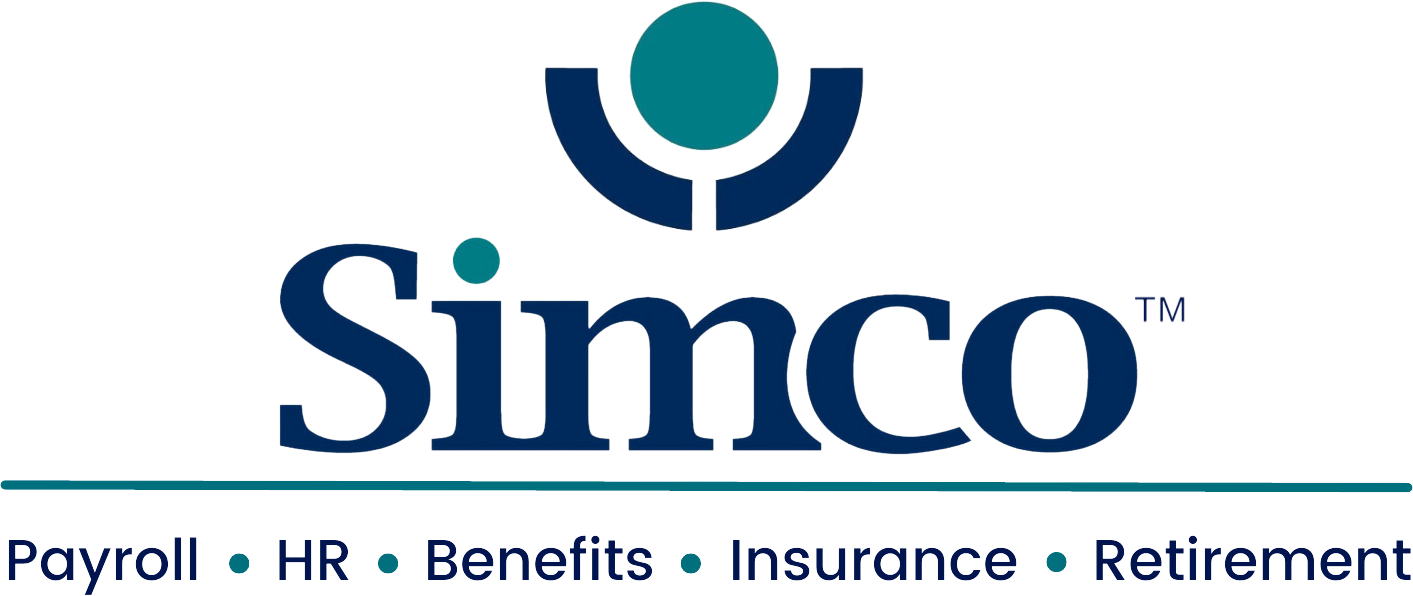
If the Covid-19 pandemic has taught us anything, it has taught us to be prepared for the next pandemic. We don’t want to live in constant fear of how we can stay safe and healthy at work, so that’s why the New York Health and Essential Rights Act (NY HERO Act) was signed into law on May 5, 2021. Employers have a responsibility to protect their employees from exposure to an airborne infectious disease. By acting quickly and implementing health and safety standards, we can hopefully prevent the loss of productive work time, and in turn, the loss of business revenue.
As I detailed in my previous blog post, on July 6, 2021, the New York State Department of Labor (NYS DOL) in conjunction with the New York State Department of Health (DOH), released its Airborne Infectious Disease Exposure Prevention Standard (the “general standard”), an Airborne Infectious Disease Exposure Prevention Plan (the “model”), and eleven New York State industry-specific templates. Together, these form the basis for the NY HERO Act.
An airborne infectious disease exposure prevention plan only goes into effect when the New York State Commissioner of Health determines that a highly contagious communicable disease poses grave risk to public health, much like Covid-19; however, there is no such prevention plan in effect at this time.
Employers Must Pick a Prevention Plan
As of August 5, 2021, all employers were required to adopt either the “Model” template or one of the following 11 New York State Industry-Specific Exposure Prevention Plan templates. These templates are for “industries representing a significant portion of the workforce, or those with unique characteristics requiring distinct standards:”
• Retail
Every employer must adopt a template or develop their own plan that meets or exceeds New York’s standards. If you haven’t done that yet, Saturday, September 4, 2021 (best by Friday, September 3, 2021), is the deadline to verbally communicate the plan to all employees, including all full and part-time employees, independent contractors, individuals working for digital applications or platforms, workers hired through a staffing agency, and domestic workers (cited here). This communication can either be done in-person, in writing, or if employees are still working remotely, via audio or video conference.
In addition, the plan must be posted in a highly visibly and prominent location in the workplace, and it must be included in your Employee Handbook if you have one. It must also be provided upon request to all employees, employee representatives, independent contractors, collective bargaining representatives, the New York State Department of Labor (NYS DOL), and the New York State Department of Health (NYS DOH).
Effective November 1, 2021, if you happen to be an employer of ten or more employees, you must allow employees to create a joint labor-management workplace safety committee to evaluate health and safety issues and develop or evaluate current workplace health and safety policies. Only one committee per worksite is required, and if the employer already has a safety committee in place that meets the state’s requirements, they are exempt from creating another one. The committee must be comprised of employer and employee designees, with at least two-thirds non-supervisory employees who are chosen by non-supervisory employees. If a collective bargaining agreement exists, the collective bargaining representative will choose the members. The plan also allows for, but does not require, the creation of multiple committees for multiple worksites, if more than one worksite exists. Employers are prohibited from interfering with the selection of committee members.
What are the Requirements of the HERO Act?
As part of the Airborne Infectious Disease Exposure Prevention Standard, all employers must assess the types of exposure risks for employees in performing all activities at a worksite. Controls that will be added as part of a company’s exposure plan include:
• Employee health screenings
• Face coverings
• Physical distancing
• Hand hygiene and sanitizing facilities
• Cleaning and disinfecting of shared equipment and frequently touched surfaces
• Personal Protective Equipment (PPE), such as masks, gloves, face shields, etc.
• Compliance with orders of isolation or quarantine
• Compliance with applicable engineering controls, such as proper air flow or ventilation
• Designation of supervisory employee(s) to enforce compliance with the plan and related applicable laws
• Compliance with applicable notification laws, rules, regulations, standards, and guidance
• Verbal review of infectious disease standards, employer policies, and employee rights
Consequences for Not Implementing an Exposure Prevention Plan
The New York State Commissioner of Health could assess civil penalties in the amount of $50 per day for the employer’s failure to adopt a plan. If a company has a plan in place, but refuses to follow it during an airborne infectious disease period, they could incur civil fines anywhere between $1,000-$10,000. These fines may increase for repeated plan violations. The NY HERO Act also permits employees (in some cases) “to seek injunctive relief and for the courts to award costs, including attorneys’ fees; however, if an employee brings a frivolous claim under the statute, the employer can be awarded costs and attorneys’ fees against the employee or against the employee’s attorney, or both.” (Littler)
According to the article by Littler, New York HERO Act Requires Workplace Safety Measures,
“An employee may bring a civil action seeking injunctive relief against an employer for violating the airborne infectious disease exposure prevention plan “in a manner that creates a substantial probability that death or serious physical harm could result to the employee from a condition which exists, or from one or more practices … which have been adopted or are in use, by the employer at the work site, unless the employer did not and could not, with the exercise of reasonable diligence, know of the presence of the violation.
Before bringing a civil action, an employee must give the employer notice of the alleged violation so the employer has an opportunity to cure it. An employee may not bring a civil action until thirty days after giving the employer notice of the alleged violation, except where an employee alleges with particularity that the employer has demonstrated an unwillingness to cure a violation in bad faith, and may not bring a civil action if the employer corrects the alleged violation.”
A civil action must be filed no later than six months from the date the employee knew of the alleged violation.
SimcoHR Can Help!
SimcoHR will provide any assistance in helping employers develop and implement a plan that meets or exceeds the New York State Department of Labor standards. In addition, we can work with you to distribute the plan to your employees and update your Employee Handbook accordingly and hopefully generate greater employee involvement in the health and safety measures within the workplace. Let us know how we can help!
Read More: The New York State HERO Act - What Employers Need to Know.
Sign up for our newsletter.




